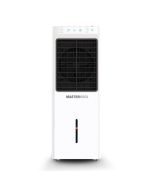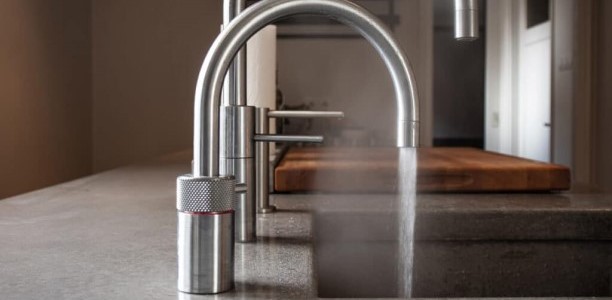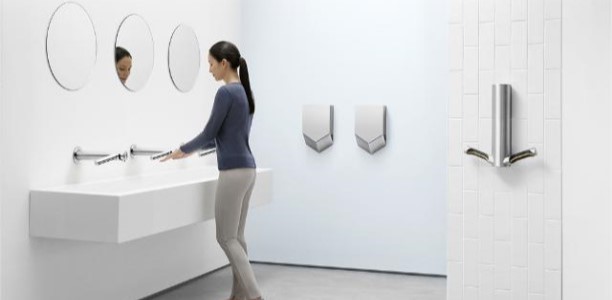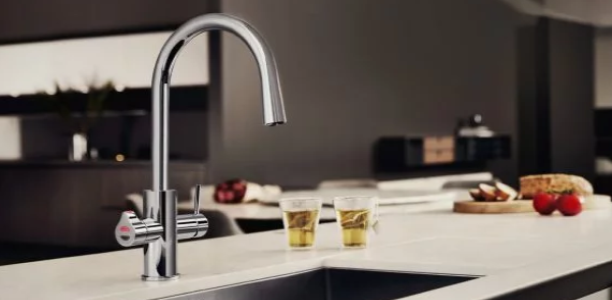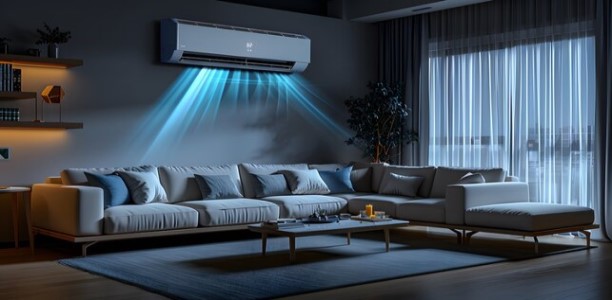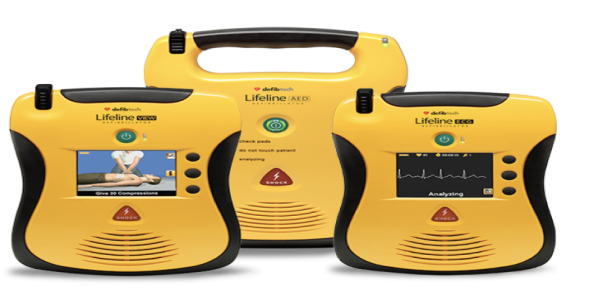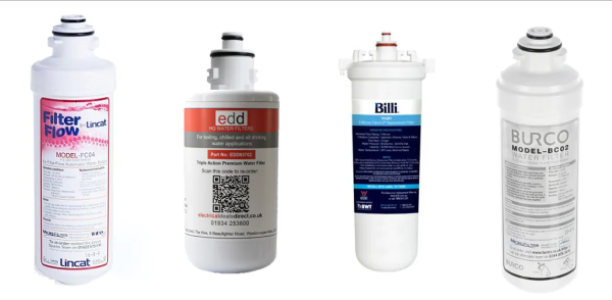
A simple room fan.
An electric fan, whether it is on your desk, floor mounted or on the ceiling, cools you down by blowing air over your skin. This causes evaporation and cools you down. In other words, it is very much a people solution. In fact, a fan does not actually lower the temperature in the room, because, as an electrical device it is actually generating heat (and so increasing the temperature) but it feels cooler to people.
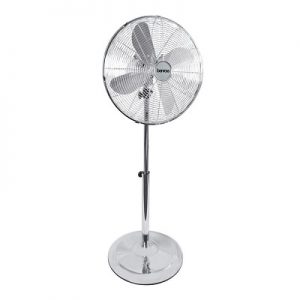
You can see this for yourself if, on a hot day, you are being pleasantly cooled down by a fan, and you turn the fan off. The room suddenly feels warmer. In fact, the room has stayed the same all the time, it has just felt warmer to you.
So for many applications, this is just fine, which is why every year in the summer months, cupboards are opened and desk fans retrieved in offices all over the country.
Evaporative coolers.
Evaporative coolers are typically much more effective than fans because as air passes through them, the heat is taken out of the air by using it to evaporate water from cooling pads inside the cooler.

These evaporative coolers contain an internal water reservoir which needs to be kept topped up.
They are extremely popular and effective in many situations, and are both cheap to buy and cheap to run.
Air conditioners
Air conditioning units suck in warm air, and blow out cooler air. The heat taken from the air is taken outside of the room, in to the open air.
That’s a very simplistic explanation, but is as much as most people need (and want) to know! What it means is that every air conditioner needs to be vented to the outside air, and in a two-part system (i.e. all air conditioning systems which are not ‘portable’) there is a fairly large fan unit on the outside of the building.
They also ‘condition’ the air by removing moisture. This is usually piped into a drain.

Most air conditioners can also be used to heat a room, by running the process in reverse. Because they are very efficient in electrical terms, this can be an ideal solution where heating is required in winter and cooling in summer.
These units can be purchased as a set (i.e. one inside unit and one outside unit) or separately, so that you might have more than one unit inside, all linked to one outside unit.
For more information on air conditioning, please don’t hesitate to get in touch with us on 01934 253600.





